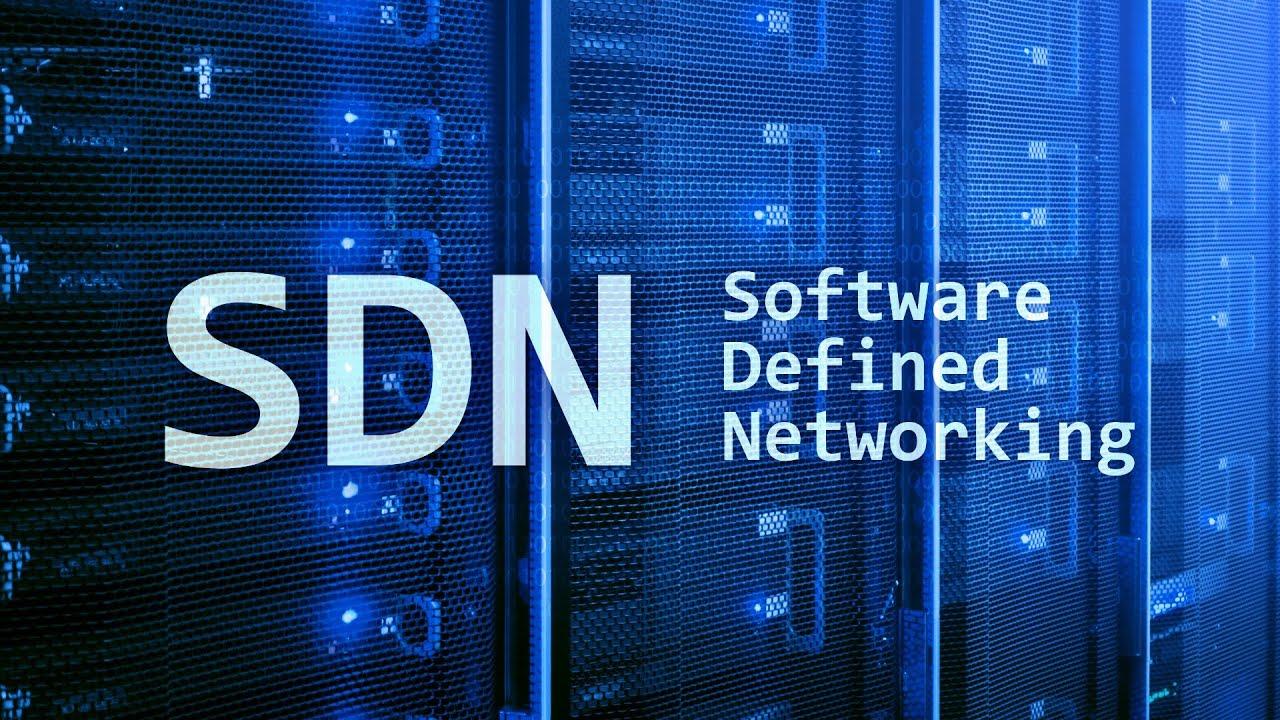Software-Defined Networking (SDN) Market in North America: Leadership in Network Virtualization

North America remains the global leader in the Software-Defined Networking (SDN) market, driven by technological innovation, widespread adoption, and a mature digital infrastructure. The region’s prominence stems from early SDN implementation in telecom, cloud data centers, and enterprise IT, establishing North America as a critical hub for SDN development and deployment.
This article delves into the factors contributing to North America’s leadership in network virtualization through SDN, highlighting market trends, key players, and future prospects in 2025 and beyond.
Market Drivers in North America
1. Early Adoption and Innovation
North American organizations, especially in the United States and Canada, have been early adopters of SDN technology. The region hosts major cloud providers, telecom operators, and IT enterprises that have integrated SDN to enhance network agility, scalability, and cost-effectiveness.
The presence of leading technology companies and research institutions fuels continuous innovation in SDN controllers, network automation, and security solutions, positioning North America as a trendsetter in network virtualization.
2. Strong Telecom Infrastructure and 5G Deployment
Telecom operators in North America are aggressively deploying 5G networks, which require highly flexible and programmable network architectures. SDN enables telecom providers to virtualize their network functions, optimize traffic management, and accelerate service rollouts—all essential for 5G success.
This infrastructure modernization reinforces SDN adoption, especially in metropolitan and suburban areas with growing data demands.
3. Expansion of Cloud and Data Center Facilities
The rise of hyperscale data centers and cloud service providers in North America drives SDN growth. Cloud operators rely on SDN to ensure efficient resource allocation, multi-tenant network segmentation, and seamless connectivity across distributed environments.
Data centers also adopt SDN to improve network visibility and simplify management, supporting trends like edge computing and hybrid cloud strategies.
Key Industry Players and Competitive Landscape
North America is home to some of the most influential SDN market players, including technology giants, startups, and system integrators. These companies drive product innovation and strategic partnerships to maintain their competitive edge.
-
Leading SDN Vendors: Companies such as Cisco Systems, VMware, Juniper Networks, and Arista Networks dominate the market with advanced SDN controllers, switches, and orchestration platforms.
-
Startups and Innovators: Numerous startups focus on niche SDN solutions like AI-driven network management, security enhancements, and intent-based networking, fueling ecosystem growth.
-
Service Providers: Telecom giants including AT&T, Verizon, and T-Mobile invest heavily in SDN-enabled network virtualization and software-centric service delivery.
Challenges in the North American SDN Market
While the market leadership is clear, several challenges persist:
-
Integration Complexity: Migrating from legacy networks to fully software-defined architectures requires significant planning, resources, and expertise.
-
Security Concerns: Centralized SDN controllers may become targets for cyberattacks, necessitating advanced security frameworks.
-
Regulatory Compliance: Ensuring network operations comply with data privacy laws and industry regulations is a continuous requirement.
Future Outlook and Trends
North America’s SDN market is poised for steady growth through 2030, supported by several emerging trends:
-
AI and Machine Learning Integration: Enhancing network automation and predictive analytics to improve performance and security.
-
Edge Computing: Extending SDN capabilities to edge networks for low-latency applications like autonomous vehicles and IoT.
-
Open Networking Initiatives: Adoption of open-source SDN platforms and standards to promote interoperability and innovation.
-
5G and Beyond: Continuous evolution of 5G networks and the groundwork for 6G will further entrench SDN as a foundational technology.
Conclusion
North America’s leadership in the Software-Defined Networking market is a testament to its robust digital infrastructure, technological innovation, and strong industry collaboration. As network virtualization becomes integral to modern communications and IT services, the region will continue to influence global SDN trends and advancements.
For businesses and service providers in North America, investing in SDN offers opportunities to optimize network operations, reduce costs, and deliver enhanced services aligned with future digital demands.
- Art
- Causes
- Crafts
- Dance
- Drinks
- Film
- Fitness
- Food
- Games
- Gardening
- Health
- Home
- Literature
- Music
- Networking
- Other
- Party
- Religion
- Shopping
- Sports
- Theater
- Wellness


